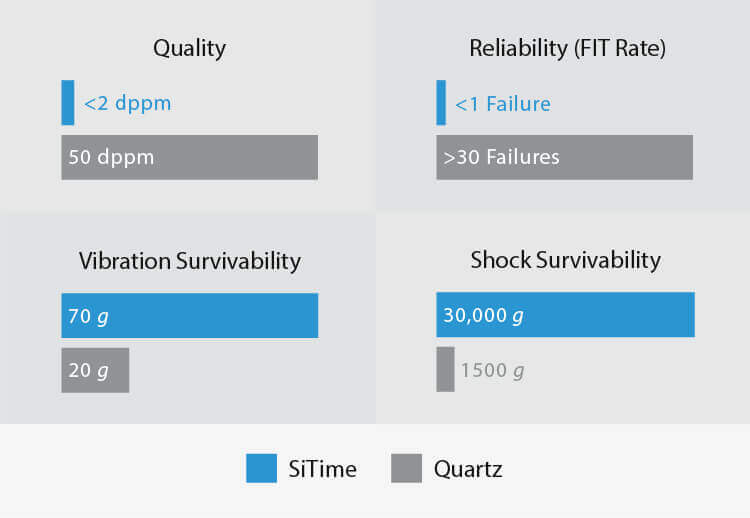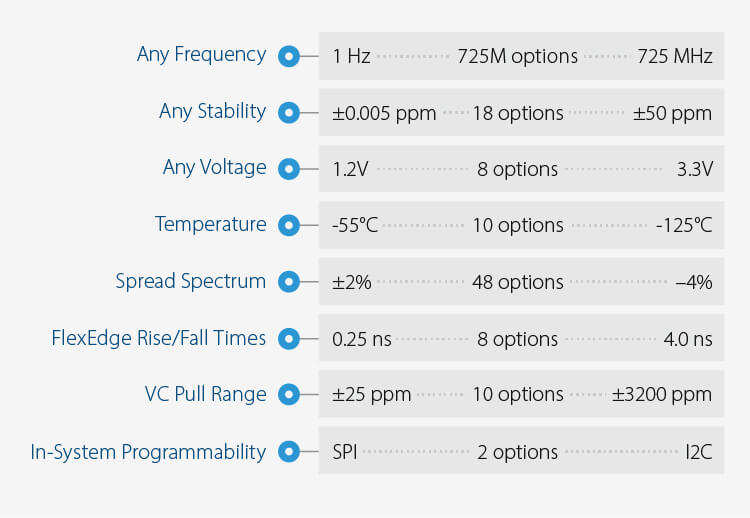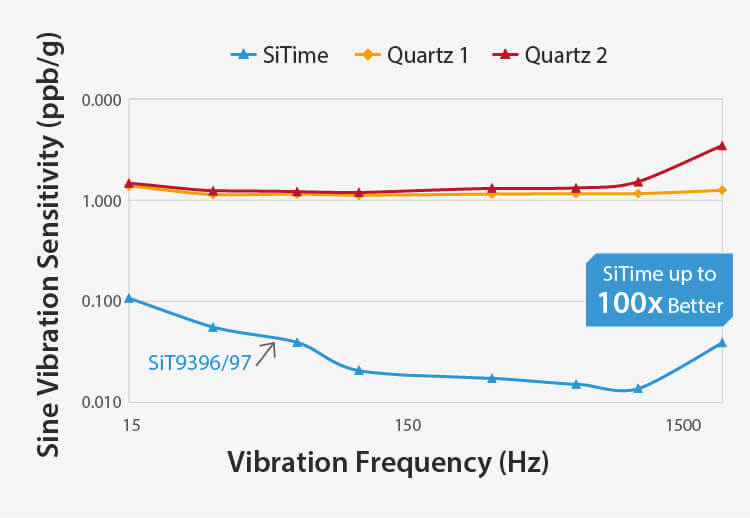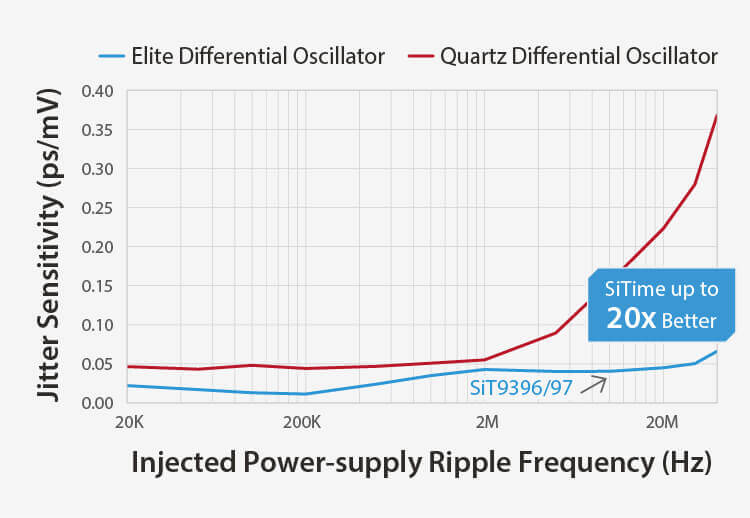Featured Industrial Products for AGV/UGV
| Devices | Key Features | Key Values |
|---|---|---|
|
Single-ended oscillator
SiT8021 1 to 26 MHz
|
|
|
|
Single-ended oscillator
SiT9025 1 to 150 MHz
|
|
|
|
Differential oscillator
SiT9396 1 to 220 MHz
SiT9397 220 to 920 MHz
|
|
|
|
Super-TCXO
SiT5356 1 to 60 MHz
SiT5357 60 to 220 MHz
|
|
|
1 12 kHz to 20 MHz integration range






